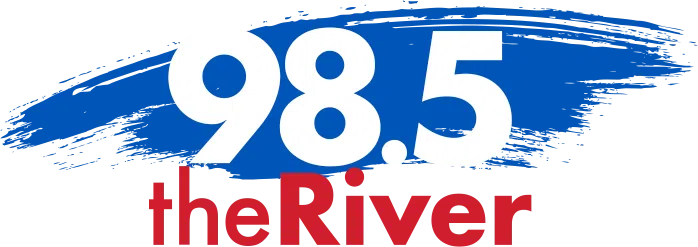By Daniel Wiessner
(Reuters) -President Donald Trump has repeatedly mused about firing Federal Reserve Chair Jerome Powell and, ahead of a visit to the U.S. central bank’s headquarters on Thursday, called him a “numbskull” for not cutting U.S. interest rates. If Trump fires Powell, he will be wading into uncharted legal territory by testing the Fed’s historical independence.
CAN FED BOARD MEMBERS BE FIRED?
The Federal Reserve Act of 1913, which created the central bank, says that members of Board of Governors, including the Fed chief, can be “removed for cause by the president.” But the law does not define “cause” or lay out any standard or procedures for removal. No president has ever removed a Fed board member, and the law has never been tested in court.
SO ‘CAUSE’ COULD MEAN ANYTHING?
Several federal laws shielding members of other agencies from being removed by the president without cause say that “cause” can include neglect of duty, malfeasance, and inefficiency. If Powell is fired and sues, those laws could be a guide for courts to determine if Trump had cause to remove him.
In enacting those protections, Congress meant to distance the agencies from the White House. They also are intended to insulate their members from politics when they issue rulings in individual cases and craft policies with far-reaching impacts, such as the monetary policy set by the Fed.
AND IF TRUMP LACKS CAUSE, POWELL WINS?
Maybe not. In several cases challenging Trump’s firing of agency officials, his administration has argued that giving them any protections from removal violates his broad constitutional powers to control the executive branch. The administration could similarly claim that requiring cause to remove a Fed board member is unconstitutional, allowing Trump to fire Powell for any reason or none at all.
And if Powell sued and won, the Trump administration could argue that courts lack the power to reinstate him. Government lawyers have said in some pending cases that fired officials would at most be entitled to back pay and a declaration from the court that their removal was unlawful.
WHAT HAS HAPPENED IN RECENT CASES?
Several federal judges have ruled that Trump’s firings of members of independent agencies were illegal and ordered officials to be reinstated. Appeals courts or the U.S. Supreme Court have paused those rulings pending appeals, including one involving a consumer product safety board that the Supreme Court paused on Wednesday. A Washington, D.C.-based appeals court is expected to rule soon on whether Trump had the power to remove Democratic members from two labor boards, likely teeing up a Supreme Court review.
The fired officials in some of those cases have said that allowing them to be removed would open the door to Trump having virtually unfettered power over the entire executive branch and would threaten the Fed’s independence.
HAS THE SUPREME COURT RULED ON THESE ISSUES?
In a 1935 ruling involving the Federal Trade Commission, the Supreme Court said the president cannot fire top officials at multi-member agencies that act like courts or legislative bodies without cause. But the court’s conservative majority in recent years has viewed that ruling as an exception to the general rule that the president gets to choose who executes federal laws.
The court, however, recently signaled that the Fed may fit into that narrow exception, and that the court’s rulings involving other boards and commissions may not apply. In an unsigned order in May allowing Trump to remove members of the labor boards, the court said the Fed “is a uniquely structured, quasi-private entity” with a singular historical tradition, distinguishing it from other agencies.
(Reporting by Daniel Wiessner in Albany, New York; Editing by Alexia Garamfalvi and Paul Simao)





Comments